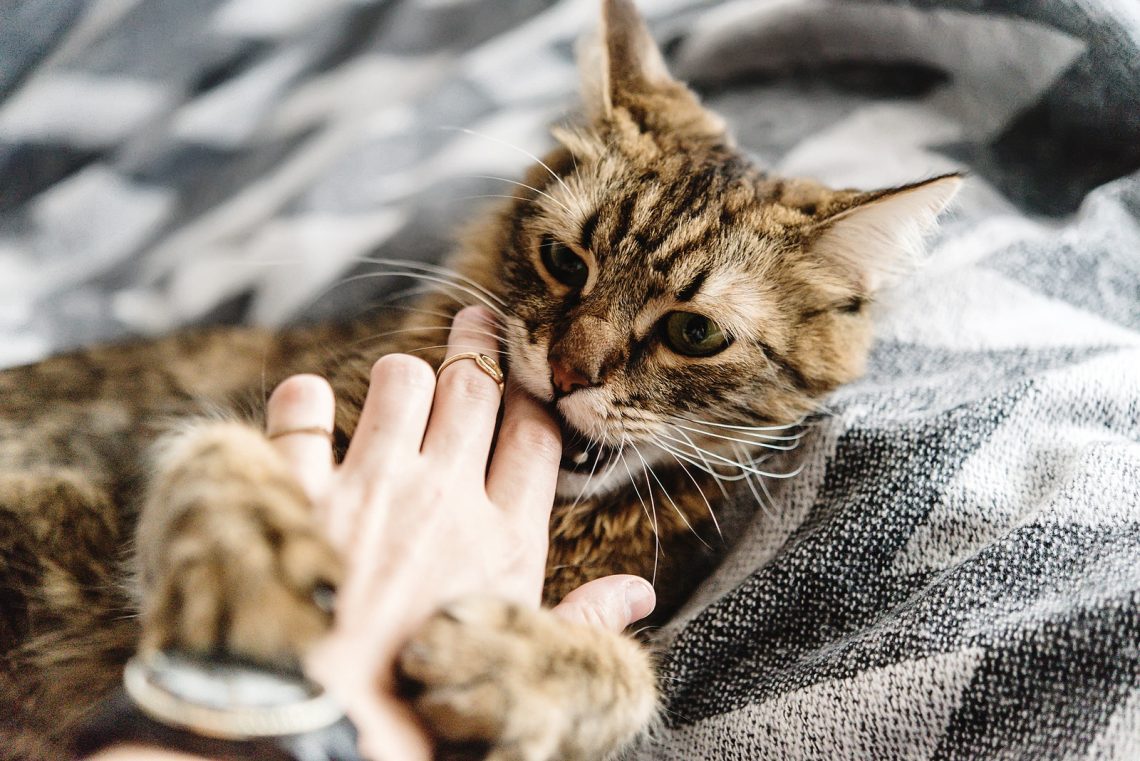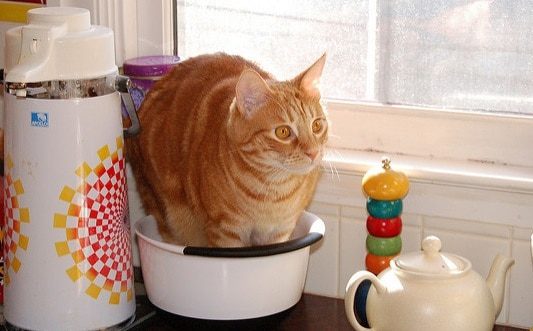
Bad behavior in a cat: what can be done
Do you laugh when you hear the phrase “you need to train your cat”?
Training cats to control their behavioral problems may seem impossible, especially given the variety of bad behaviors they exhibit. However, it is possible to stop behavioral problems in your cat.
Most cat misbehavior is instinctive and varies from person to person, which is why parenting isn’t a one-size-fits-all solution. Instead, you must adapt your parenting methods to reinforce a positive relationship with your charge. Armed with these tips for careful and consistent raising cats and a lot of patience, you and your furry beauty can live in harmony, and your furniture will remain intact.

Contents
How to wean a cat to jump on kitchen furniture
Cats love to be in higher places, so one of the most common problems for many pet owners is weaning their furry friends from jumping on kitchen countertops. Inquisitive cats like to search the kitchen for food or secretly drink from the sink.
What to do first? Remove anything cat-attractive from countertops. Store catnip and treats in a closed cupboard. Don’t underestimate your pet: she’s capable of opening doors and getting her own treats if she wants to, so child-safe locks on doors and drawers can be a good option. Also, make sure your kitchen sink is leak-free and never leave a faucet open for a cat (including bathroom sinks) or you’ll have to do it all the time, not to mention quite expensive. Make sure she always has a bowl of fresh, clean drinking water on the floor.
If your furry loves walking around kitchen counters every day anyway, cover the surfaces with double-sided tape, aluminum foil, or wrapping paper. This is a very effective parenting method, as the animals don’t like these textures, nor the sound the foil makes when stepped on. Over time, the cat will stop jumping there.
How to wean a cat to tear up furniture
Using nasty textures can work if your cat is tearing up furniture, but be aware that some materials can damage textiles. You can purchase a special adhesive tape designed to wean pets from scratching furniture. It’s natural for cats to climb and scratch everything, so don’t punish her for just following her instincts. Instead, offer her an alternative, such as a cat complex that combines hills and rough surfaces, or try making your own scratching post.
Another way to prevent bad cat behavior is a spray bottle filled with water that you can spray your cat with when she does something bad. Motion-sensing air cans that make a loud noise can also work, notes Vetstreet, especially for animals that don’t get stopped by a sprayer: or a photodetector when the cat jumps to the surface.”
Your pet is very smart and will quickly figure out what’s what when you reach for a spray bottle or air can, which can lead to unexpected consequences – she will realize that she can walk on the table or scratch the sofa when you are not at home. But if you use these tools in combination with other methods, then this advice on raising cats can be effective.
How to wean a cat to mark
If you notice that a cat is not urinating in a litter box, do not think that she is trying to harm you. It’s most likely due to some health issue. One of the most common reasons why a cat marks is a urinary tract infection. If you notice this behavior in your pet, it is best to take it to the veterinarian. As soon as she recovers, her behavior should return to normal and she will use the litter box again.
How to wean a cat from loud behavior
If your cat is much more talkative than before, she is likely feeling unwell. Like marking, loud howls can be a sign of urinary tract disease or some other health problem. In this case, it is worth visiting a veterinarian to check it. A veterinarian can rule out any health problems or prescribe the necessary treatment for you. If he did not find any diseases in the cat, perhaps it just needs a little attention. Physical activity and interesting activities to keep her mentally active are a good way to keep her busy. Also, don’t forget to show more love – that’s the best medicine for a cat that feels like you’re not giving her enough attention.
How to wean a cat from aggression
If your cat is acting more aggressive than usual, such as hissing, baring, biting, or her fur standing up, consider if anything has changed in her environment. These animals can be very territorial, so the arrival of a new cat or other pet can make her feel unsafe. This also applies to new family members, such as children. Aggression can also be a sign that she is masking her pain. Cats are great at hiding pain, but can become aggressively defensive if they feel unwell. In this case, too, we recommend discussing her new aggressive behavior with a veterinarian to rule out any health problems. If her aggressiveness is not caused by any of these factors, parenting can correct such bad behavior. Reward your pet for good actions – this will help reinforce good behavior and stop bad ones.
How to wean a cat from problem behavior: be patient
Overcoming bad behavior in a cat takes a lot of patience and time – from several weeks to several months, which can be frustrating and annoying. Try never to yell at your pet. This is not at all effective for educational purposes – on the contrary, a raised voice can damage your relationship with the cat. She will begin to associate you with hostility.
Reinforce her good behavior consistently and consistently—start with cat treats, then move on to non-food rewards like extra petting, hugs, or a new toy. Over time, your furry beauty’s bad behavior should decrease or disappear, keeping peace and love in your relationship and in your home.





